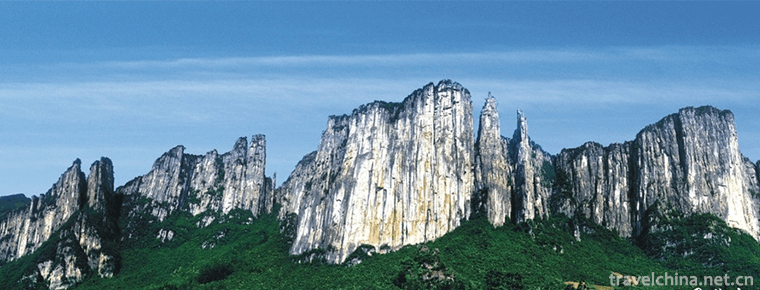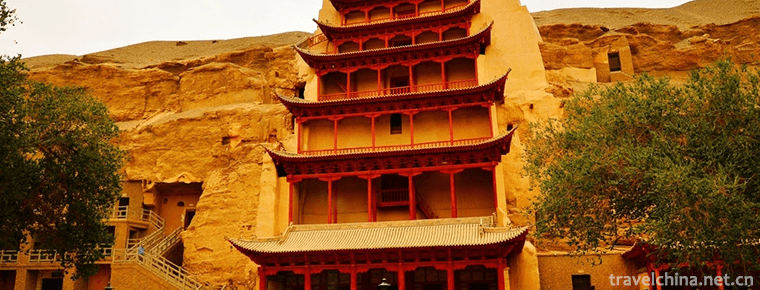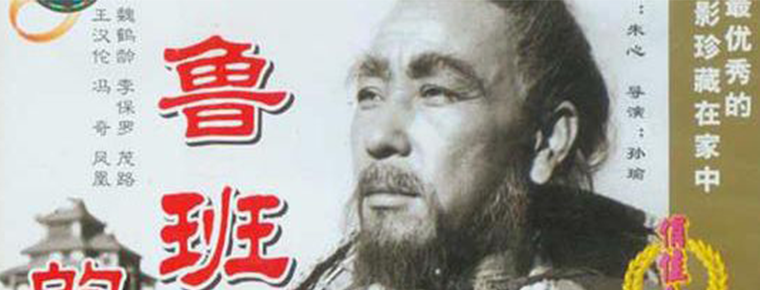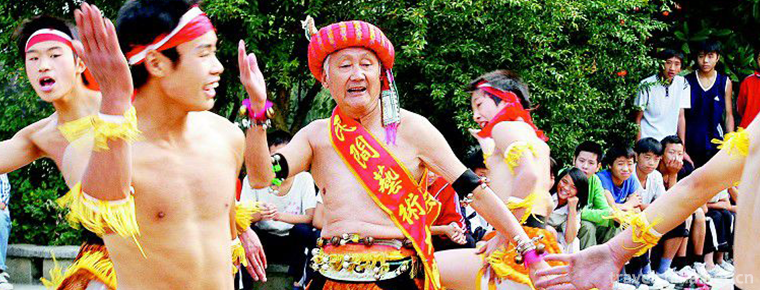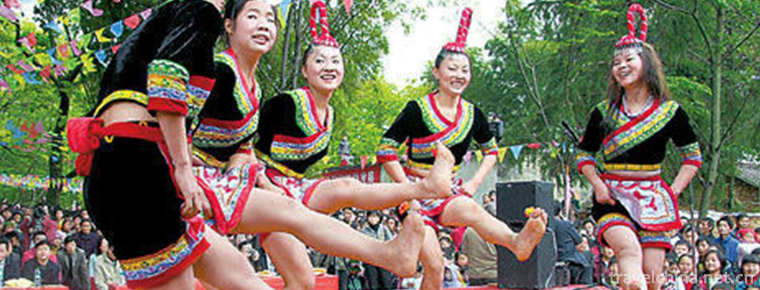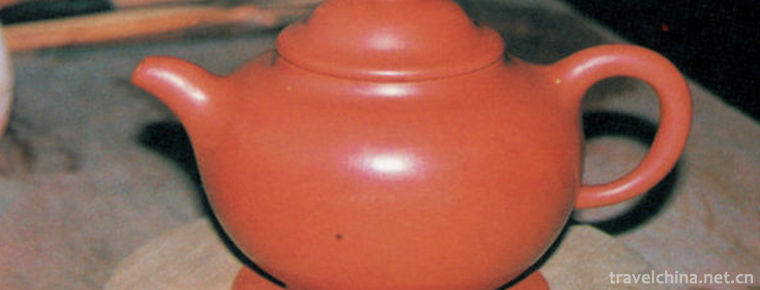Qingxu Caimen Building
Qingxu Caimen Building
Qingxu Caimen Tower is a local traditional handicraft in Qingxu County, Shanxi Province. Xu Caimen Tower in Qing Dynasty is said to have originated in Tang Dynasty. During the festival, people gathered cypress leaves from nearby hills to tie them to bamboo poles and wooden sticks and put them on the top of their own roofs for the prosperity of their businesses in the coming year. In the Song Dynasty, people put several doors on their doors, tied with cypress branches on the top, and wrote couplets on both sides of the cypress gates, which had different shapes every year and had great ornamental value. Later, after many business improvements, from the original Baiye Gate Tower to the Baiye Gate Tower, twisted color Gate Tower, color-painted Gate Tower, to today's spray-painted Gate Tower. Its development and innovation vividly reflect the progress of human wisdom and the improvement of science and technology. It has high historical, scientific, economic and contemporary value. It is a comprehensive product of folk ancient architecture, folk art, folk painting and folk handicraft technology. It has been loved by the general public for many years.
On May 23, 2011, the Caimen Tower of Qingxu was listed in the third batch of national intangible cultural heritage list with the approval of the State Council.
A Brief Introduction to the Gateway
May 2011 was selected as the third batch of national intangible cultural heritage list. Number: 1159 item number: VII-102 declared area or unit: Qingxu County, Shanxi Province
Gateway Origin
Qingxu was an ancient county in the Spring and Autumn Period. It was one of the earliest constructed counties in China. It was the hometown of Luo Guanzhong, the author of Romance of the Three Kingdoms. It was known as "a famous cultural city, a Portuguese vinegar capital" on the Loess Plateau. It has the traditional vinegar brewing technology, Xugou iron stick art, Qingxu brick carving, Qingxu Caimen Tower and other national intangible cultural heritage. It has two national and provincial preservation units, four municipal preservation units and 350 cultural relics. It is one of the important birthplaces of Shanxi merchants.
Xu Caimen Tower in Qing Dynasty is a comprehensive art which integrates folk ancient architecture, folk art, folk painting and folk handicraft. "Lion Dragon Lantern Drought Boat and Colorful Building as Street Face Support" is a popular folk proverb in Qingxu. It vividly outlines the important position of Qingxu Colorful Gate Tower in local folk activities.
Local elderly people said that every Spring Festival, ancestors and generations of people have to go to the market to buy cypress leaves, cypress leaves inserted in the door, in order to show good fortune and avoid evil (that is, pressure 100 evil). On New Year's Eve 30, people tied cypress leaves to a bamboo pole or wooden stick, wrapped them with red paper, affixed the couplet of "greeting happiness and receiving happiness", then tied them to the chimney on the roof, and put them together with offerings for gods, praying for prosperity in the coming year; later, families tied up cypress leaves with several doorposts, and wrote couplets on both sides to become cypress gates. Buildings have different shapes.
Inheritance and Development
With the development of the times, people constantly use new materials to reflect their aesthetic tendency and show the wealthy degree of each family, so there are cypress color gates, twisted color gates, color painted gates. Businessmen built a tower fire in front of their doors, which means that business is prosperous and prosperous, and also attracts more attention. Later, it developed into a big and tall building where businessmen built cypress gates on the street at the entrance of shops. It will attract people's attention from far away places. At the same time, it also plays the role of publicizing their businesses and attracting customers'patronage. When more and more people gathered, the merchants sprinkled cypress leaves and waste cooking oil on the tower fire, symbolizing the prosperity of business in the coming year. As a result, the Baiye Gate Tower began to develop into a cross-street Baiye Colour Tower. With the prosperity of the economy, some wealthier businesses in Xucheng in Qing Dynasty began to envisage more complex technology and more beautiful appearance of the colour building. Therefore, the larger shops took the lead and adopted the principle of voluntariness to raise money from the neighboring businesses. After raising money, they asked the master who made the loft to make better colour gate building. On the basis of the original Baiye Coloured Gate Tower, a new type of colourful building was created, which wrapped wooden rafters with colourful cloth and twisted colourful cloth to weave the ancient style of Pavilion and attic. Its name was officially named Cailou from the original Baiye Tower. Later, lanterns and embroidery balls were hung on the colourful Gate Tower, and auspicious names were given to each colourful Gate Tower, such as "Gathering Wealth Gate", "Wufumen" and "Xingxing Gate". "Peace Gate" and so on place people's good wishes. Since the 1990s, on the basis of the original twisted color weaving, the part of art painting has been added, the multicoloured lights have been added, and the shapes have become more diverse.
Traditional Characteristics
From the location and name, the Caimen Tower in Qingxu can be divided into two types: Caimen Tower (i.e. built on the street) and Menlou (i.e. built on the doors of various units and homes). According to the different materials, it can be divided into five kinds: cypress gate, cypress color gate, twist color gate, color gate and spray color gate. Their skeleton is basically the same, but the difference is the decorative materials and technology. Baiye Gate Tower is the predecessor of Caimen Tower. It has two forms: one is a single-storey gate building with one door in front of each house and fan-shaped ear walls on both sides. The other is a three-door, four-pillar and three-roof, two-storey cypress gate building across the street. It is a quasi-ancient archway style composed of portals, beams, gates, roofs and ridge purlins. The top of the gate building is the same as that of the cypress tower. The small doors on both sides are lower than the middle gate. The ridge purlin of the small gate building should be below the top slope of the middle gate building, and the top of the building should not be too high. On the basis of the Baiye Gate Tower, the Baiye Gate Tower has been built. The biggest change is the decoration of the obvious parts with five-color cloth. The two water slopes and corner picking at the top of the gate building are decorated with cypress branches. The front part of the purlin plaque on the cross beam ridge is twisted with colorful cloth and tied with the plaque. The door post is wrapped in red cloth or twisted into a network with colorful cloth and wrapped in it, and connected with each other and hung lanterns. The decoration of twisted color gate building is divided into twisted color and decoration. The top of the gate building, the beams and columns are all twisted color parts. All of them are wrapped in colored cloth. Lace patterns are pasted around with red paper and gold strips and handmade paper. The use of patterns is an artist's stunt. The local twisted colors are "knotted fish net", "knotted mat", "knotted hollow knot", "pointed to pointed", "pointed to pointed". Nine stitches, lantern scenery and Lavaling are woven. When the colors are twisted, the patterns can be highlighted by using light red, light green and light yellow silk substrates. The color painting of the coloured gate building is not rigid to the traditional formula drawing method. The pattern is lively and free. The four pillars of the gate building are either red-bottom gold letters or red-bottom auspicious cloud patterns. The cross beams of the middle gate are usually painted with "burden-type" and "square-heart-shaped" colors. The cross beams of the small gate are painted with "square-heart-type" and "sea-flooding" colors. The small gate building is painted with imitation ancient architectural coloring techniques, and the patterns are right-right and left-right. It is said that the main tones are green and green.


-
Changchun Movie Wonderland
Changchun Movie Wonderland, located in Nanguan District, Changchun City, Jilin Province, was founded in 2003. It is a comprehensive tourist area integrating science and technology.
Views: 198 Time 2018-12-05 -
Enshi Grand Canyon
Enshi Grand Canyon is located in Tunpu Township and Banqiao Township, Enshi City, Hubei Province. It is located at the junction of Hunan, Chongqing and Hubei provinces. It is the most beautiful sectio.
Views: 157 Time 2018-12-12 -
The Ancient City of Gaochang
Gaochang City, which began in the first century B.C., was built by the army of Tuntian in the territory of Cheshi in the Western Han Dynasty. The site of the Old Town is located in the vicinity of Har.
Views: 116 Time 2019-01-12 -
Mogao Grottoes
Mogao Grottoes, commonly known as Thousand Buddha Caves, are located in Dunhuang at the western end of Hexi Corridor. It was built in the pre-Qin period of the Sixteen Kingdoms..
Views: 245 Time 2019-02-07 -
Legend of Luban
productivity and the change of production tools have created conditions for the improvement of technology..
Views: 238 Time 2019-05-15 -
Meat rustles
"Meat Lianliang" refers to the native minority local dance variety in Lichuan City, Hubei Province, which takes the unique body performance as the main form. It is popular in the city's Duti.
Views: 229 Time 2019-06-11 -
March 3 She Nationality
March 3rd is the traditional festival of She nationality. Every year in this festival, a grand song is held, and ancestors worship Valley God, singing and dancing. It is very lively. In addition, we h.
Views: 183 Time 2019-06-14 -
Production Techniques of Yixing Purple Sand Pottery
Yixing Purple Sand Pottery Manufacturing Techniques, Dingshu Town, Yixing City, Jiangsu Province, local folk traditional pottery making techniques, one of the national intangible cultural heritage..
Views: 149 Time 2019-07-12 -
Brown Fan Dance
On the day of the grand Brown fan dance festival, adult men gather in groups on a square with their own delicacies and rice wine every day, and hold a large-scale Brown fan dance activities by arrangi.
Views: 382 Time 2019-08-16 -
Jiajinshan National Forest Park
Xiaojin County of jiajinshan National Forest Park is located at the northern foot of Jiajin mountain in the east of Xiaojin County, Aba Tibetan and Qiang Autonomous Prefecture, Sichuan Province. .
Views: 320 Time 2020-11-07 -
Da Zang Temple
Located in the north of malkang County, dazang temple is about 500 kilometers away from Chengdu City and is located in the deep mountains above 3000 meters above sea level. .
Views: 243 Time 2020-11-07 -
Panzhihua famous specialty
The snacks in Panzhihua are mainly Sichuan flavor. The most popular snack in Panzhihua is mutton rice noodles. The rice noodles cooked by pure mutton soup, together with bean paste, pepper, millet and other seasonings, have a unique and representative flavor.
Views: 291 Time 2020-12-14

